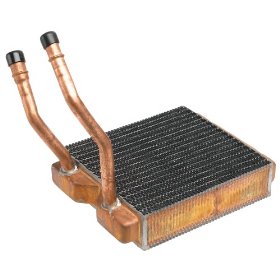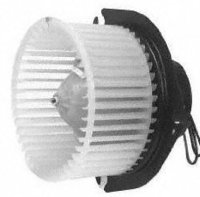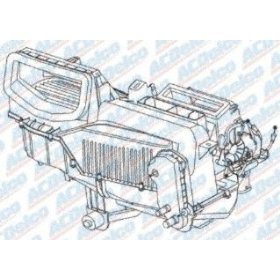Automotive Heating Problems

When winter approaches automotive heating problems take center stage. There is nothing worse than driving to work in subzero temperatures with no heater operation.
Not to mention the fact that the heat is also responsible for the defroster function and safety through clearer windshield visibility.
The automotive heating system is extremely efficient and provides comfort without any decline in engine power or fuel efficiency. This is the complete opposite of the automotive air-conditioning system, which is a large drain on both fuel economy and power.
This is because the heating system for your automobile has been designed to work using a normally wasted by a product of engine combustion. Water is circulated around the engine block to remove the heat and prevent damage.
In the summer time all coolant is flowed directly to the radiator for cooling. In the wintertime a small amount of the hottest water available is directed to the heater core.
Automotive heating systems

The primary components of the automotive heating system are the heater core, the blower motor, the heater control valve, and also the heater defroster ductwork. These components work together to transfer heat from the engine to air being blown in the interior compartment.
Coolant from the engine is transferred through a heater hose that is controlled by a valve. As the coolant circulates through the core, heat is transferred from the water to the tubes and then fins of the heater core itself.
Air blown through the core by the blower motor and fan then picks up this heat from the surface of the fins, where it is then transferred to the interior compartment of the car. After giving up its heat, the coolant is then pumped out through the heater core outlet where it is returned to the engine cooling system and recirculated by the water pump.
Heater cores generally designed and constructed like an air conditioning condenser or even an aluminum core radiator. Heater coors have no moving components, and for the most part are very reliable. When these automotive parts need to be replaced it is usually because of an interior leak.
Wet passenger-side flooring along with a humid sweet smelling air output is a sign of the heater core problem. This can also be confirmed with a slow decline coolant levels in the systems reservoir bottle.
Automotive heating problems

Like any part of the cooling system the heater core tubes and fins can become clogged over time by rust, scale, and mineral deposits circulated by the coolant system.
Heater core failures are generally caused by leakage or clogging. Feeling the heater inlet and outlet hoses while the engine is idling and in a warm condition can verify a clogged core. Excessively hot on the inlet and excessively cold on the outlet coupled with no warm air is a good sign you have found your problem.
When it comes to replacement heater cores this is one car part that most people will opt for professional auto repair help. This stigma associated with heater core replacement is well deserved.
On some models it is extremely difficult to get your hands on the component to be replaced and may take several days to accomplish the task in your driveway.
Also on the inverse some heater cores are relatively easy to replace. It is recommended before you tackle the job on your own that you review your auto repair manual for your specific vehicle to determine what is involved.
Reviewing the allotted repair time in all data will give you an idea of exactly how hard your heater core is to replace. Since most heater cores are available for well under $50 and two jugs of coolant will cost about 20 bucks, it is worth looking into the complexity of the auto repairs on your model.
Most car repair shops will charge top dollar for automotive heating problems of this type. And most of the repair cost will be labor charges for removing and installing the replacement heater cores. With the average heater core replacement billing out for over $500 there is a big opportunity for the do-it-yourself car mechanic to save money on this repair.

